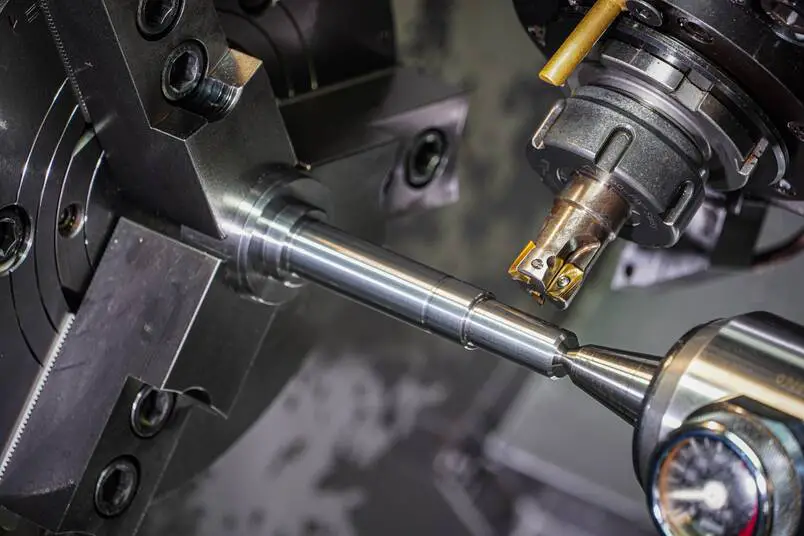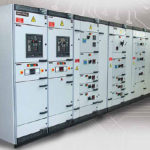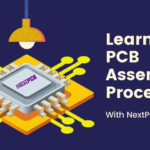CNC machining is essential to the developing field of contemporary manufacturing. But what precisely is CNC? What does a CNC machinist do, and how does it relate to the manufacturing sector? What’s more, how can aspiring CNC machinists in today’s market successfully train for and acquire a career in CNC machining? The following information is broken down in this article so continue reading.
Also, if you are looking for a used CNC machines for sale then we recommend you to look at our website as well where we have many new models available at a very effective price.
What is CNC Machining?
CNC machines are electro-mechanical tools that control machine shop equipment with input from computer programs. Actually, the term “CNC” refers for computer numerical control. It is one of two accepted techniques for creating prototypes from digital software files, the other being 3D printing technologies like SLA, SLS/SLM, and FDM. Engineering and prototyping businesses can mill and process a variety of materials, including wood, metals, and plastics, using CNC equipment.
The first CNC machines were created in the 1940s and 1950s and used a widely used data storage method for telecommunications called “punched tape” or “perforated paper tape.” Since the data medium quickly switched from analogue to digital computer processing in the 1950s and 1960s, punched tape technology has been rendered obsolete. CNC machines continue to increase their productivity as new technology and better digital processing capability are developed.
How Do CNC Machines Work?
Modern CNC machines are entirely automatic. All they require are digital files that contain information on the tools and cutting trajectories.
To create a certain product, design or machining operations need to use numerous tools. Machinists are able to create digital tool libraries that connect to the actual machine. These machines are manufacturing workhorses because they can switch tooling automatically based on the digital instructions.
Designing the components with CAD software is the first step in the CNC manufacturing process. The final part’s requisite size and attributes are determined from the 3D model.
The flow can continue in the same programmes because some of these programmes are included in CAD-CAM packages. Otherwise, CAM software is used with CAD models. No file translation is required if the CAD and CAM systems are part of the same product family. Otherwise, it is necessary to import the CAD files.
The model is ready for the entire production process thanks to CAM (computer-aided manufacturing) software. It first looks for mistakes in the model. The physical portion is then created using a CNC software.
A set of coordinates that directs the cutting head during the manufacturing process is essentially what the programme is.
Selecting the appropriate settings is the third stage. These include things like cutting speed, voltage, and RPMs. The geometry of the part, as well as the equipment and tooling available, all affect the configuration.
Finally, the nesting is decided by the software. Nesting refers to how components are positioned and oriented in relation to raw materials. Maximizing the use of the materials is the goal.
Then, M-code and G-code, which the equipment can comprehend, are created from all of this information.






